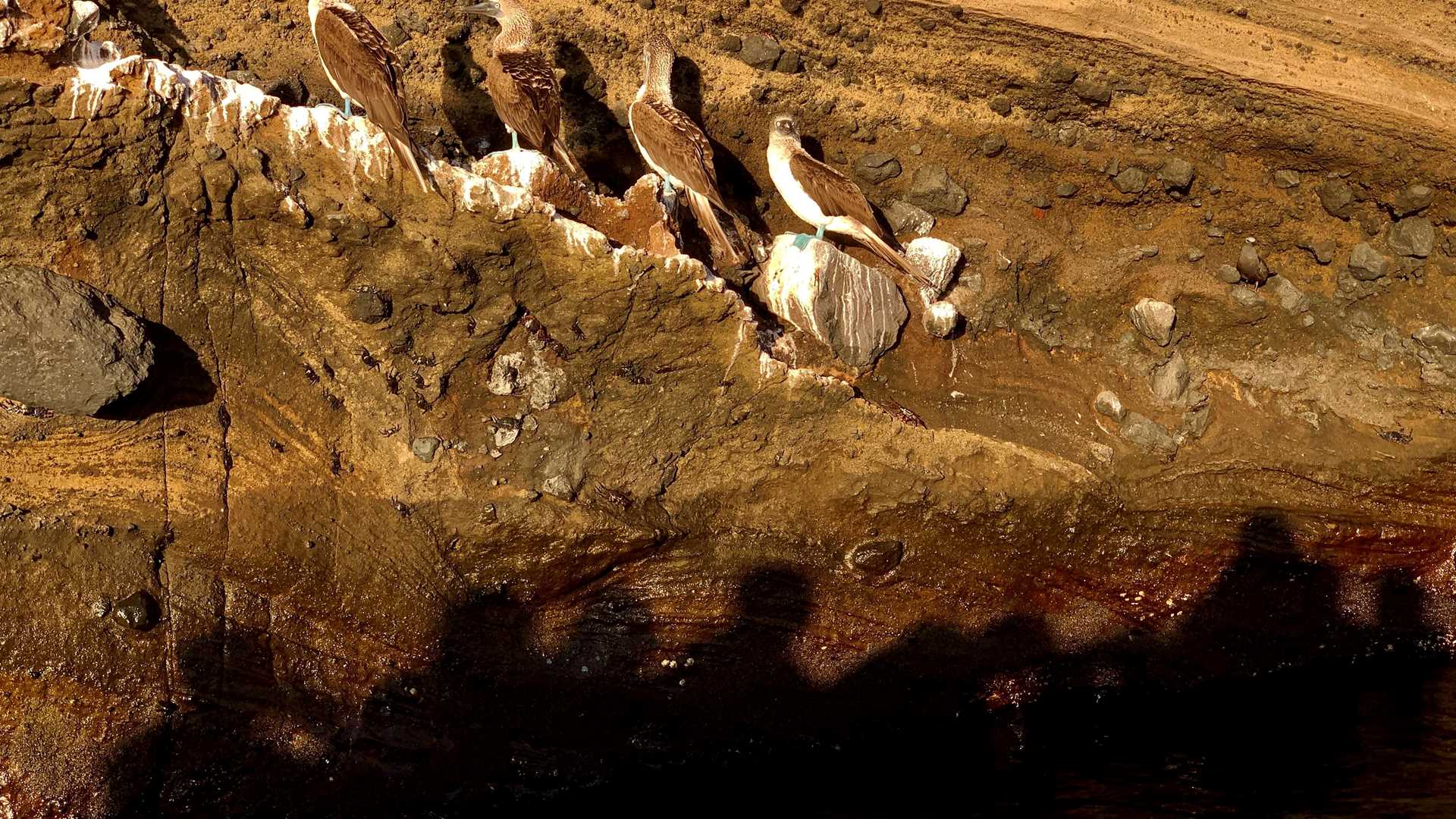Isabela Island forms over 50 per cent of the total land mass in Galapagos. We had the opportunity to explore four visitor sites on Isabela. Even though they are on the same Island and not far from each other, they are very different from one to another. This Island has the best places to see one of the largest populations of marine iguanas, penguins, cormorants, hawks, and finches that are endemic to Galapagos only.
- Daily Expedition Reports
- 09 Nov 2021
Isabela Island, 11/9/2021, National Geographic Endeavour II
- Aboard the National Geographic Endeavour II
- Galápagos
Walter Perez, Naturalist/Certified Photo Instructor
Walter was born in a very small town on the mainland of Ecuador. His first trip to the Galápagos was when he was 12 years old, visiting friends and aunt, who had moved to the islands. From the first moment he saw the Islands, he fell in love with the...
Read MoreShare Report
Exploring Galápagos
VIEW ITINERARYRelated Reports
6/13/2025
Read
National Geographic Endeavour II
Genovesa Island
We started the day with excitement as we landed on the beautiful, pristine coast of Isla Genovesa - a true birder’s dream. Along the sandy beaches and steep cliffs of Darwin Bay, we were surrounded by an incredible array of birdlife. Frigatebirds soared closely overhead with their red pouches on full display, while Nazca and blue-footed boobies nested along the rocky ledges. Swallow-tailed gulls called out as we walked past. In the distance, we saw the stoic and elusive short-eared owl. The island was alive with color, sound, and constant movement. Between our excursions to Isla Genovesa, we snorkeled near Prince Philip’s Steps and discovered a vibrant world beneath the waves. Schools of fish swirled around us, a fur seal turned in the water as if dancing on cue, and sea lions relaxed nearby. As our last snorkeling adventure came to a close, we spotted a sea turtle resting calmly in a crevice. As the sun retreated into the sky on our last return to National Geographic Endeavor II, we reflected on the sheer magnitude of what we witnessed on our last full day. Isla Genovesa, like the other islands, gave us a connection to a sacred world. The harmony between land, sea, and sky reminded us how deeply interconnected, vital, and fragile these ecosystems are. Watching birds tend to their nests and marine life swim effortlessly, we were struck by how little space there is between wonder and reverence. We recognized that our journey wasn’t just about observing unique wildlife, it was about feeling part of something grander and beautifully ancient.
6/12/2025
Read
National Geographic Gemini
Genovesa Island
Sadly, our expedition aboard National Geographic Gemini is nearing its end. Our day began with a hike at the base of towering cliffs. A steep ascent led us to a plateau of a palo santo forest, sparse and otherworldly. Almost immediately, we were surrounded by red-footed boobies nesting in low trees and Nazca boobies on the ground. A highlight was spotting a short-eared owl perched silently among a lava crevice, camouflaged and hunting storm petrels. The calls of frigatebirds rang in the air, with their inflated red pouches on full display in a mating show. After our hike we enjoyed water activities, such as kayaking along the cliffs and snorkeling. In the late afternoon, we landed on the coral sand beach of Darwin Bay. Guests enjoyed a relaxing stroll along the shoreline bordered by mangroves and nesting bird colonies. The presence of swallow-tailed gulls, lava herons, and marine iguanas provided excellent photo opportunities.







